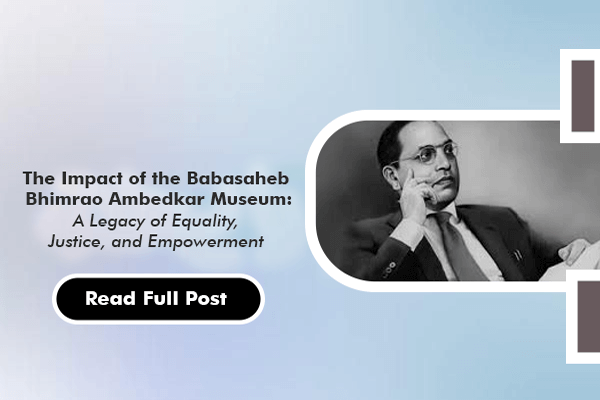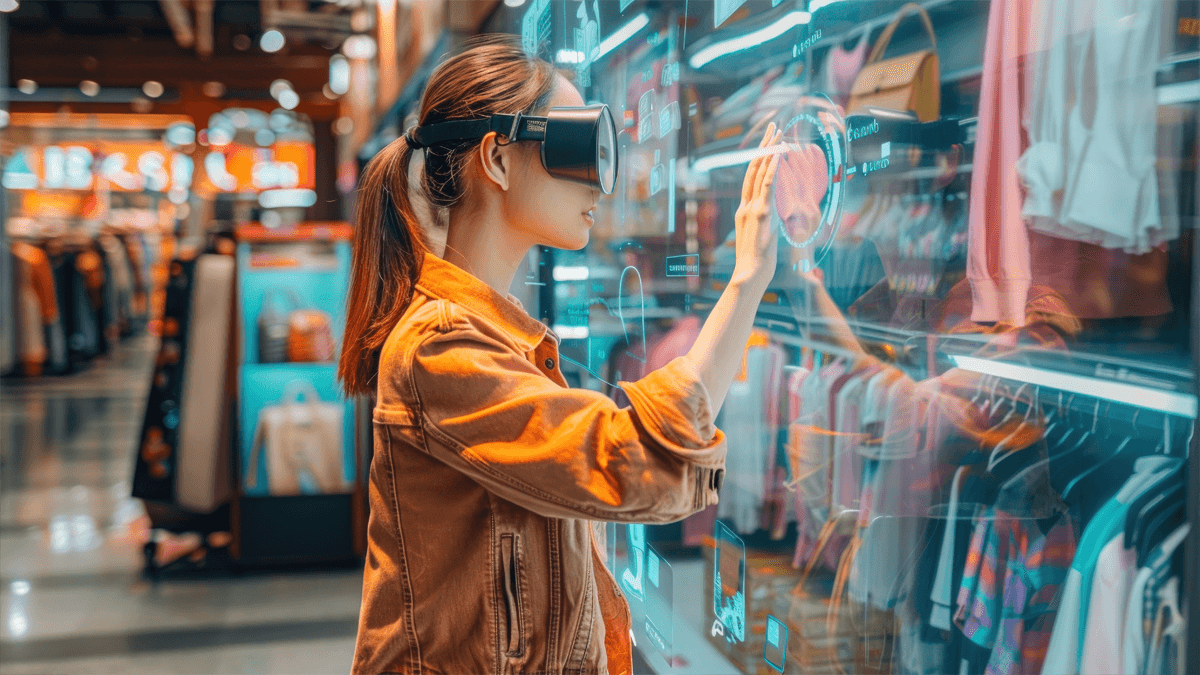The Baba Saheb Bhim Rao Ambedkar Museum is a tribute to India’s Constitution and a towering figure in the fight for social justice, serving as an enduring symbol of Dr. Ambedkar’s life, vision, and contributions to the nation. Through the use of cutting-edge technologies such as projection mapping, augmented reality (AR), and kinetic installations, the museum offers an immersive and educational experience that resonates with people of all ages. The museum stands as a beacon of enlightenment, promoting awareness of Dr. Ambedkar’s struggles, teachings, and ideals of equality and justice.
A Technological Marvel
From the moment visitors step into the museum, they are greeted with an experience that seamlessly blends history with innovation. One of the most striking features is the museum’s design, which is modeled as a Dharmachakra reflecting Dr. Ambedkar’s deep association with Buddhism and its teachings of peace and justice. Spanning 13 tech-adept galleries, the museum utilizes advanced technology to bring Dr. Ambedkar’s story to life in a way that is both captivating and informative.
The projection mapping shown at the museum is a visual masterpiece. This technology uses high-lumen projectors to cast images and animations onto the walls and exhibits, transforming them into dynamic canvases that narrate key moments in Dr. Ambedkar’s life. From his childhood struggles to his monumental role in drafting the Indian Constitution, projection mapping allows visitors to witness history unfolding before their eyes.
Additionally, the museum houses a 360-degree projection dome, where visitors are transported to the era of the Indian freedom struggle. The dome offers an immersive audiovisual journey, highlighting Dr. Ambedkar’s role in shaping modern India. The ceiling projection presents the Constitution of India, offering a detailed visual representation of the principles of democracy, equality, and justice that Dr. Ambedkar championed.
Educating Through Technology
One of the museum’s primary goals is to educate visitors—especially younger generations—about the life and works of Baba Saheb.
In the library section, visitors can explore digital flipbooks and suspended touchscreens that offer detailed insights into Dr. Ambedkar’s thoughts and works. This digital archive is particularly important for students and researchers, providing easy access to volumes of information about Baba Sahab. The museum’s use of kinetic installations further enhances the learning experience. These installations move in sync with the thematic content, creating a mesmerizing blend of technology and education that keeps visitors engaged throughout their visit.
The audio-visual experience at the museum is another highlight. Visitors can listen to Dr. Ambedkar’s stirring speeches and thoughts in a dedicated gallery. Through carefully curated audio clips and visual narratives, this section presents the essence of his fight against caste discrimination and social inequality, making his message of equality and justice more accessible to audiences.
Impact on Visitors: Students, Families, and Scholars
The museum’s state-of-the-art technology and interactive exhibits are particularly impactful for students. In an era where digital learning is becoming increasingly important, the museum provides a unique platform for students to explore history in a visually engaging and hands-on manner. The interactive galleries foster a deeper understanding of Dr. Ambedkar’s life, encouraging students to reflect on the importance of equality, justice, and social responsibility.
For families, visiting the museum is a shared experience that strengthens bonds across generations. The museum’s design encourages conversations, allowing for the transfer of knowledge and stories about Dr. Ambedkar’s legacy. Children, in particular, benefit from the visual and interactive elements, as they learn about important historical events in a way that is both enjoyable and educational.
Scholars and researchers also find immense value in the museum, thanks to its extensive digital archives and immersive exhibits. The vast collection of digitized documents, speeches, and writings offers a treasure trove of information for those looking to delve deeper into Dr. Ambedkar’s philosophy and contributions to India’s social and political fabric.
Fostering Social Awareness and Responsibility
The museum’s impact goes beyond education—it fosters a sense of social responsibility and civic duty. Dr. Ambedkar’s teachings on the need to eradicate caste-based discrimination, his vision of an inclusive India, and his emphasis on the importance of education for social progress are as relevant today as they were during his lifetime.
Moreover, the museum aligns with Environmental, Social, and Governance (ESG) principles, ensuring that its operations are sustainable and responsible. The design and operation of the museum are eco-friendly, and the educational content it provides helps raise awareness about social issues, inspiring visitors to think critically about their role in building a just society.
Conclusion: Inspiring Future Generations
The Baba Saheb Bhim Rao Ambedkar Museum is more than just a tribute to an iconic leader—it is an institution designed to inspire future generations. By blending the past with the present through advanced technology, the museum ensures that Dr. Ambedkar’s legacy lives on.
The museum stands as a beacon of empowerment, encouraging individuals to learn from Dr. Ambedkar’s life and apply his teachings in their efforts to promote equality, justice, and democracy. As visitors leave the museum, they carry with them not just memories of a visually stunning experience, but also a renewed sense of purpose—one that aligns with Dr. Ambedkar’s vision of an inclusive India.




